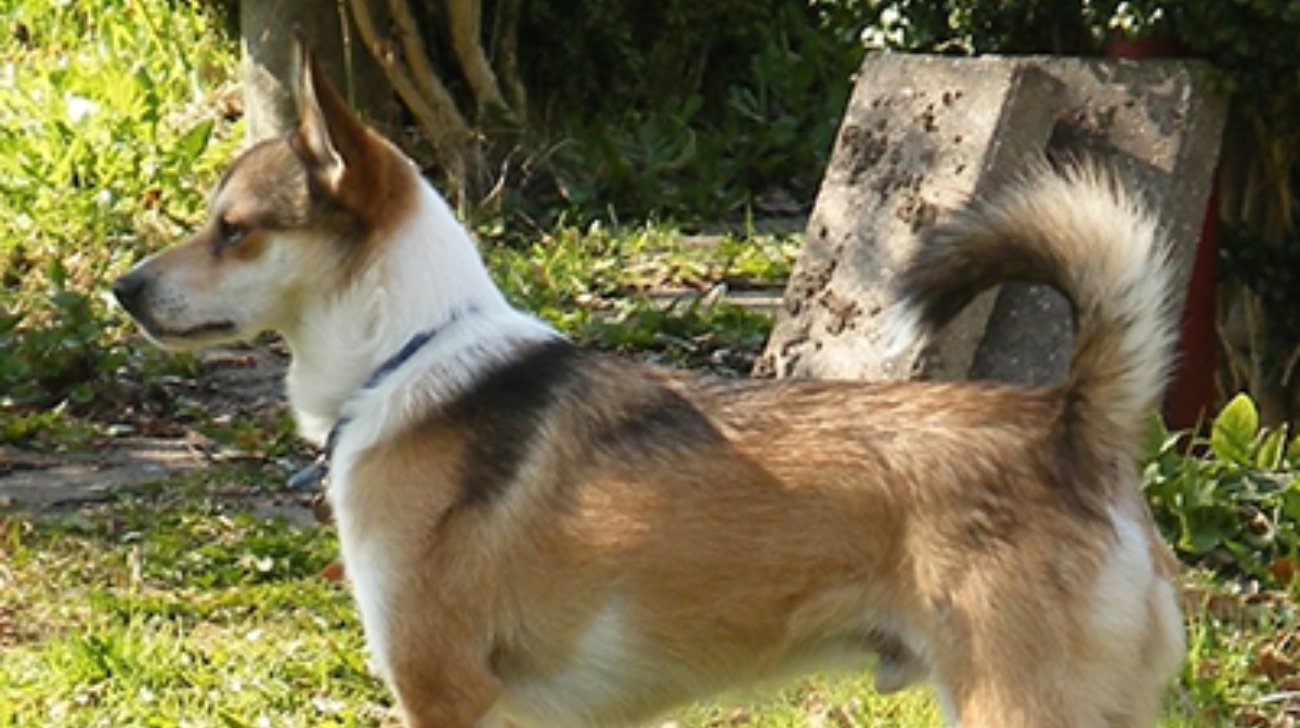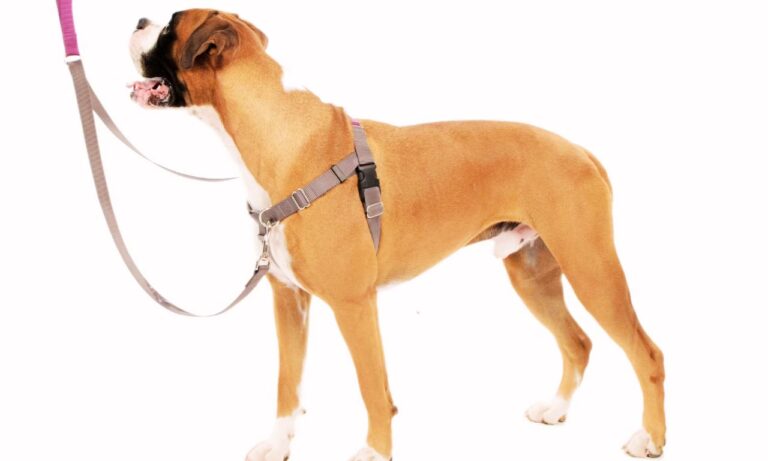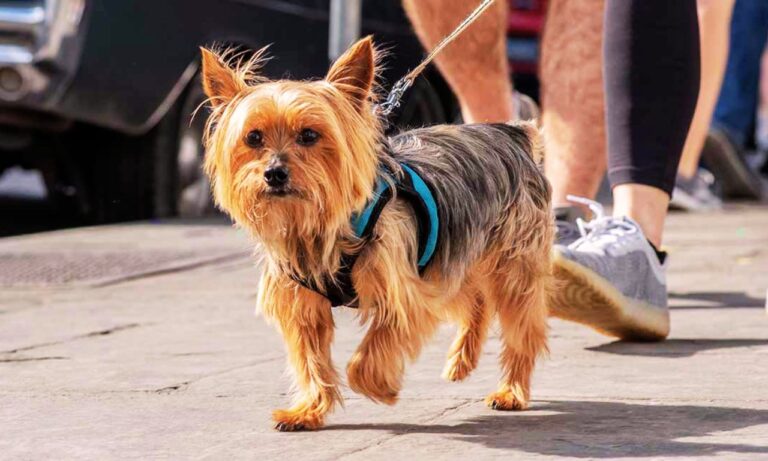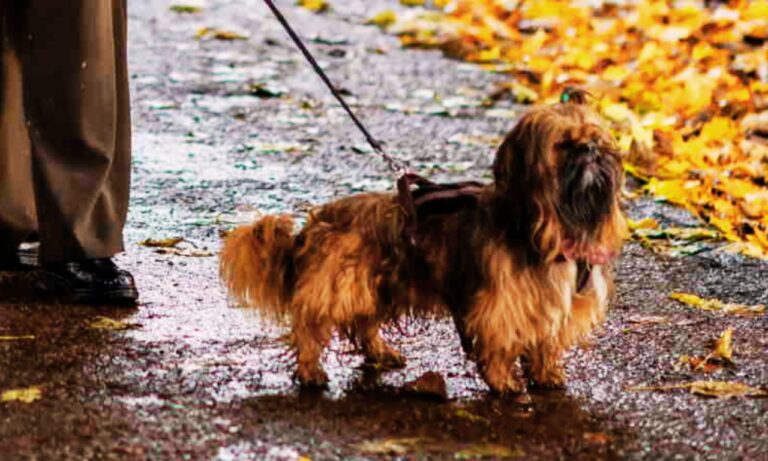The Norwegian Lundehund is a rare, agile, and highly intelligent breed known for its distinctive physical traits, including extra toes and flexible joints. Originally bred to hunt puffins along Norway’s cliffs, the Lundehund is athletic and independent, making collars essential for control, identification, and training. However, due to their unique build and energetic nature, selecting the right collar type and size and knowing how to fit it properly are critical for your dog’s comfort and safety. So, how to wear collars on Norwegian Lundehund?
In this detailed guide, we’ll cover everything you need to know about how to wear collars on a Norwegian Lundehund. We’ll explore collar types, sizing recommendations, training tips, and how to ensure the collar fits comfortably for every adventure. For guidance on choosing the right collar size for an Airedale puppy, check out this detailed guide.
Blog Highlights
ToggleQuick FAQs: How to Wear Collars on a Norwegian Lundehund
Why Does Your Norwegian Lundehund Need a Collar?
A properly fitted collar plays an important role in the daily management of your Norwegian Lundehund. These dogs are curious, energetic, and independent, making a collar essential for both control and safety. Here are the key reasons your Lundehund should wear a collar:

- Control During Walks and Training: Lundehunds are agile and can be challenging to manage without proper training. A collar provides control during outdoor activities.
- Identification and Safety: A collar with ID tags ensures that if your Lundehund escapes or gets lost, they can be identified and returned quickly.
- Behavior Management: Training collars, like Martingale collars, help discourage pulling or unwanted behavior during walks.
- Legal Compliance: In many places, dogs must wear collars with identification and vaccination tags when in public.
However, given the Lundehund’s athletic and inquisitive nature, it’s crucial to select a collar that fits properly and allows free movement without discomfort.
For insights on whether Airedales are good off-leash, explore this comprehensive article.
Best Collar Sizes for Norwegian Lundehunds
Due to their small-to-medium size, Norwegian Lundehunds typically require smaller collars compared to other athletic breeds. Below are recommended sizes based on the dog’s growth stages.
1. Puppy Stage (8-16 Weeks)
- Neck Size: 8-12 inches (20-30 cm)
- Weight Range: 4-6 pounds (1.8-2.7 kg)
- Recommended Collar Size: 8-12 inches, lightweight and adjustable.
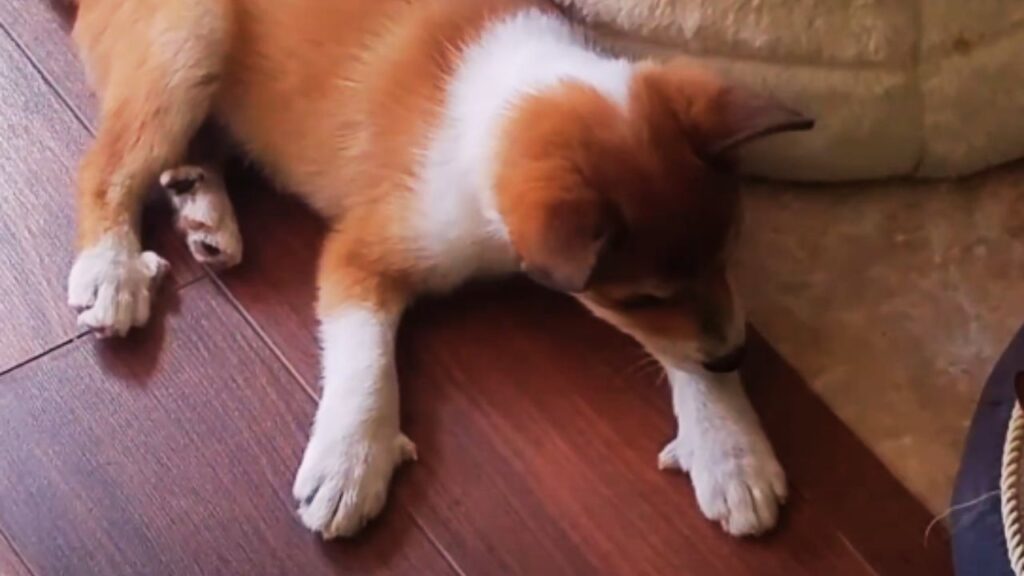
Tip: Use soft, lightweight collars during this stage to introduce your puppy to wearing a collar comfortably.
2. Adolescent Stage (4-12 Months)
- Neck Size: 10-14 inches (25-36 cm)
- Weight Range: 10-15 pounds (4.5-6.8 kg)
- Recommended Collar Size: 10-14 inches with a width of ¾ inch.

During this phase, your Lundehund will experience rapid growth, so adjust the collar every 2-3 weeks to ensure it stays comfortable and secure.
3. Adult Stage (1-2 Years)
- Neck Size: 12-18 inches (30-46 cm)
- Weight Range: 13-20 pounds (6-9 kg)
- Recommended Collar Size: 12-18 inches with a width of 1 inch for durability.
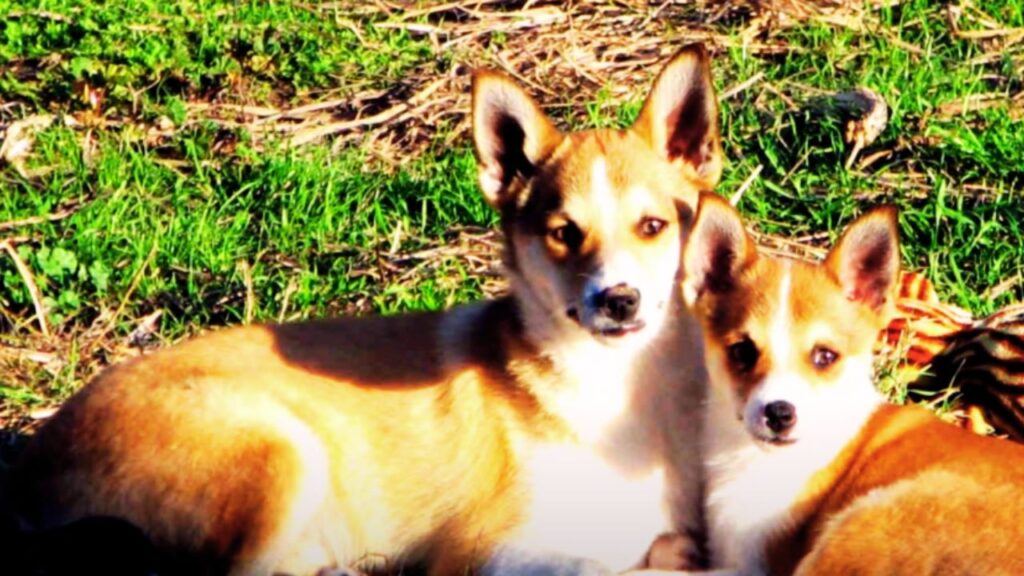
For adult dogs, flat collars made from leather or reinforced nylon offer both comfort and durability.
4. Fully Mature Lundehund (2+ Years)
- Neck Size: 14-18 inches (36-46 cm)
- Weight Range: 15-20 pounds (6.8-9 kg)
- Recommended Collar Size: 14-18 inches, adjustable with padding for extra comfort.
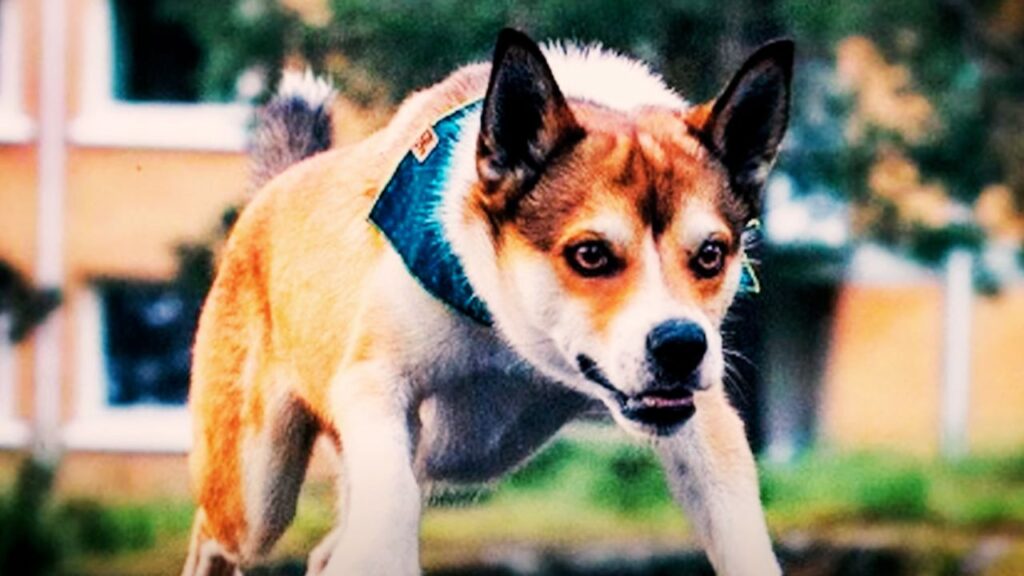
Discover the benefits of using a harness by reading this guide on should a Collie wear a harness.
How to Measure Your Lundehund’s Neck for a Collar
Correct measurement is crucial to ensure the collar fits comfortably and securely. Follow these steps to measure your Norwegian Lundehund’s neck accurately:
- Use a Soft Measuring Tape: Wrap the tape around the base of the neck, where the collar will sit.
- Add 1-2 Inches: This ensures the collar won’t be too tight and provides enough space for comfortable movement.
- Test the Fit: Once the collar is on, you should be able to slide two fingers between the collar and the neck.
Example Measurements:
- Puppy: 8-12 inches (20-30 cm)
- Adolescent: 10-14 inches (25-36 cm)
- Adult: 12-18 inches (30-46 cm)
Learn if Dachshunds need special collars to provide the right support and comfort for their unique body shape.
Best Collar Types for Norwegian Lundehunds
Selecting the right collar type is just as important as choosing the correct size. Below are the most suitable collar options for Norwegian Lundehunds based on their behavior and needs.
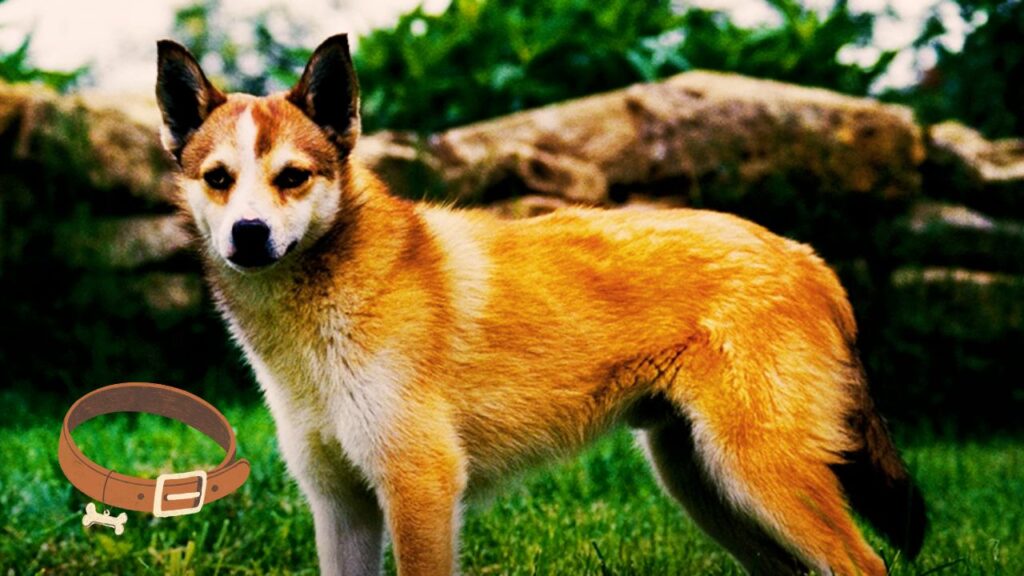
1. Flat Collars: For Daily Use
Flat collars are lightweight, comfortable, and ideal for carrying ID tags. They work well for Lundehunds that are already trained to walk calmly on a leash.
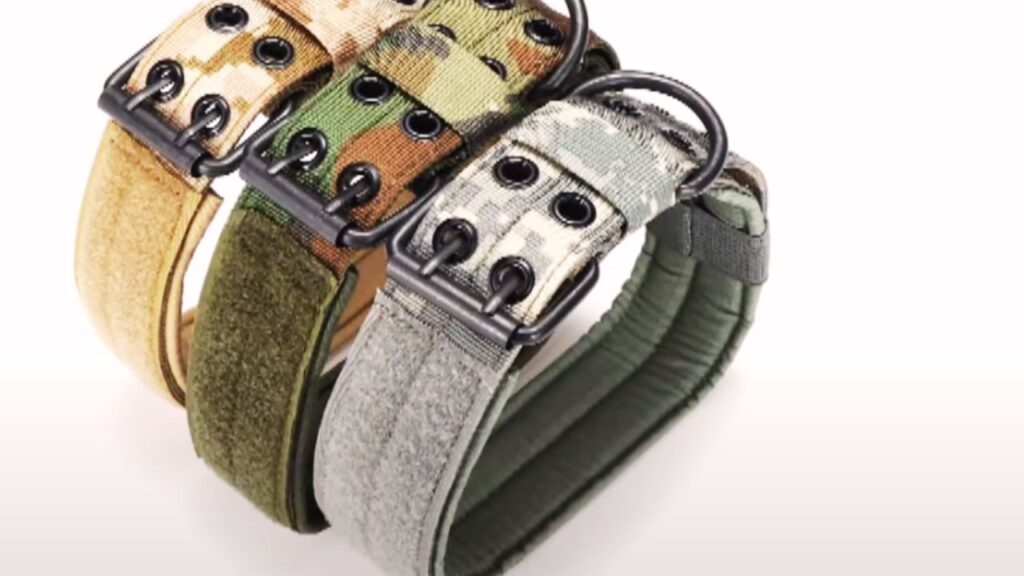
- Recommended Size: 12-18 inches (30-46 cm)
- Width: ¾ to 1 inch (2-2.5 cm)
- Tip: Opt for padded collars to prevent chafing on their neck.
2. Martingale Collars: For Training and Control
Martingale collars are designed to tighten slightly when the dog pulls, offering more control without choking. These collars are useful for Lundehunds that are prone to slipping out of regular collars.
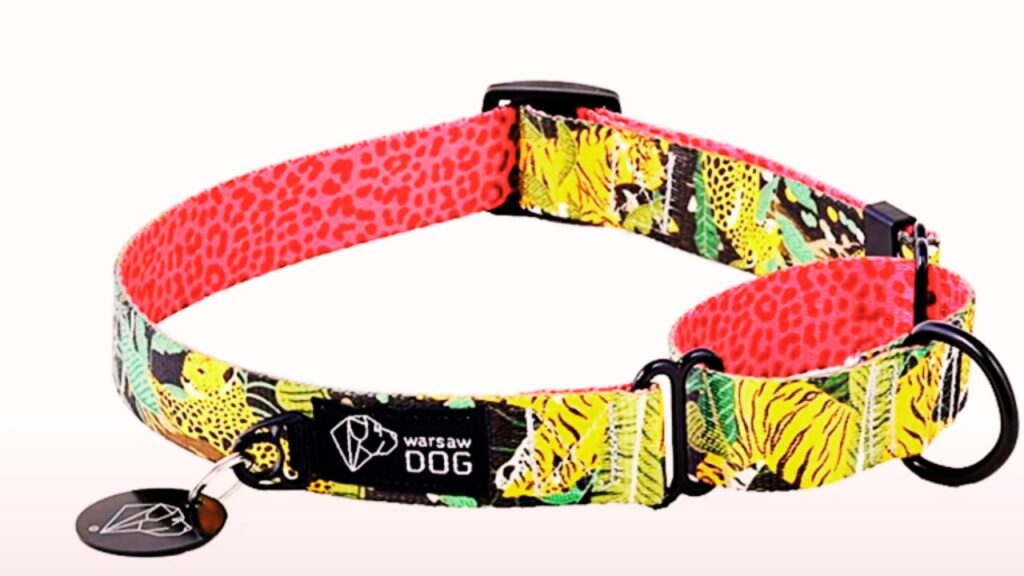
- Size Range: 14-18 inches (36-46 cm)
- Usage: Use during leash training or outdoor adventures.
- Tip: Choose Martingale collars made of nylon or fabric to prevent irritation.
3. Breakaway Collars: For Safety
Breakaway collars are designed to release if they get caught on something, reducing the risk of choking. They are ideal for indoor use.
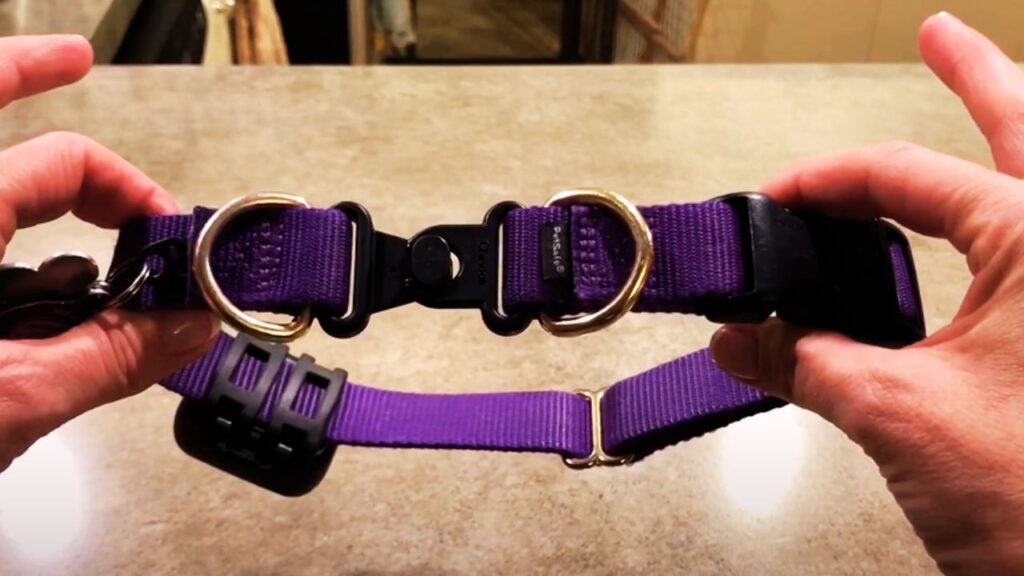
- Best Use: Use when your dog is unsupervised indoors.
- Note: Avoid using breakaway collars during walks, as they can release unexpectedly.
4. Harnesses: A Safer Option for Walks
Given the Lundehund’s active nature, many owners prefer harnesses for walks. Harnesses distribute pressure evenly across the chest and shoulders, preventing strain on the neck.
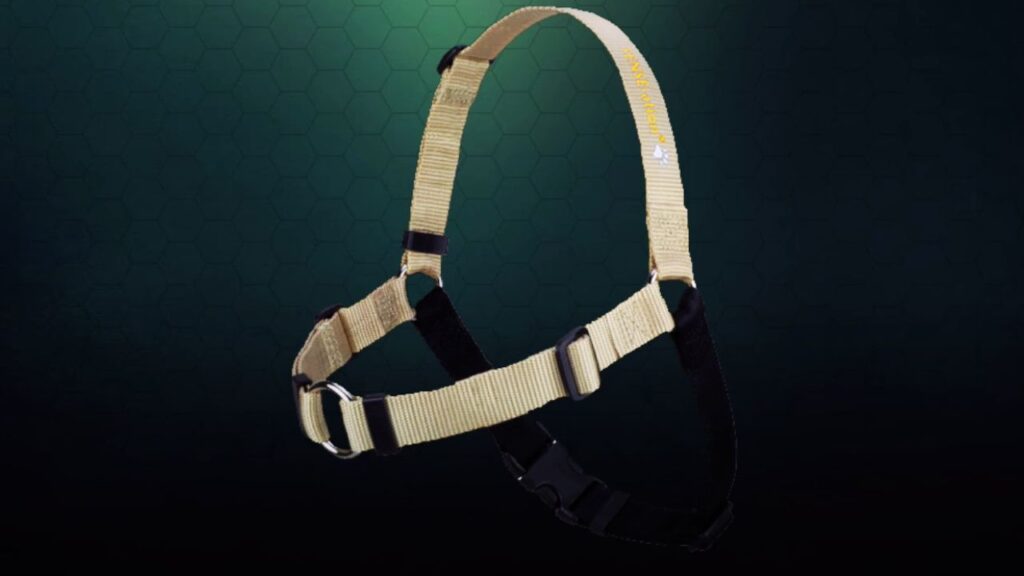
- Measurement: Measure the chest circumference and add 1-2 inches for comfort.
- Tip: Use a no-pull harness if your Lundehund tends to pull on the leash.
Discover what size collar is best for a French Bulldog puppy to ensure both safety and comfort during their growing stages.
Step-by-Step Guide: How to Wear Collars on Norwegian Lundehund
- Select the Right Collar: Choose a collar based on your dog’s size and activity level.
- Introduce the Collar Gradually: Let your dog sniff and explore the collar before putting it on.
- Position the Collar Correctly: Place the collar at the base of the neck, away from the throat.
- Adjust the Fit: Tighten the collar until two fingers fit comfortably between the collar and the neck.
- Check for Discomfort: Monitor your dog for signs of irritation, such as scratching or trying to remove the collar.
Common Mistakes to Avoid
- Using a Collar That’s Too Tight: This can cause discomfort and skin irritation.
- Leaving the Collar on Indoors: Continuous use can lead to hair matting and skin issues.
- Skipping Size Adjustments: Puppies grow quickly, so adjust the collar every 2-3 weeks.
- Using Heavy Collars: Choose lightweight collars that suit the dog’s size and activity level.
- Skipping Identification Tags: Always attach ID tags to the collar, even if your dog is microchipped.
Understand if French Bulldogs can wear dog collars and how it affects their neck structure and overall health.
Key Insights and Statistics
- Average Collar Size for Adult Lundehunds: 12-18 inches (30-46 cm)
- Recommended Width: ¾ to 1 inch (2-2.5 cm)
- Training Success with Martingale Collars: 70% of owners report improved leash behavior within 4-6 weeks.
- Lost Dogs with ID Tags: Dogs with ID tags are 38% more likely to be returned to their owners.
Adjusting Your Norwegian Lundehund’s Collar for Comfort and Growth
Given the active and agile nature of the Norwegian Lundehund, regular collar adjustments are necessary to ensure both comfort and security. This breed’s flexible joints and athletic behavior mean that the collar must fit snugly but never restrict movement. Whether they’re exploring the outdoors or enjoying indoor play, maintaining the right collar fit will keep your dog comfortable and safe throughout every stage of their life.
1. Frequent Adjustments for Growing Puppies
During the puppy stage, Lundehunds grow quickly, with their neck size expanding 2-4 inches within the first few months. It’s essential to check the fit every 2-3 weeks to prevent the collar from becoming too tight. Use lightweight, adjustable collars to accommodate these rapid changes without sacrificing comfort.
Pro Tip: Always ensure you can fit two fingers comfortably between the collar and your puppy’s neck to avoid pressure or chafing.
2. Adjustments for Seasonal Coat Changes
Adult Lundehunds have dense double coats that grow thicker in winter and shed heavily in the warmer months. These seasonal changes can affect the collar’s fit. During the winter months, you may need to loosen the collar slightly to accommodate the thicker coat. After shedding or grooming, tighten the collar to prevent it from becoming too loose.
Tip: For Lundehunds with thick coats, padded collars help prevent discomfort or hair matting.
3. Monitor for Signs of Discomfort
Even with regular adjustments, it’s important to observe your Lundehund for signs of discomfort. If your dog scratches at the collar frequently, shows redness around the neck, or tries to remove it, the fit might need adjustment, or the material could be causing irritation. Switching to a padded or softer collar can help if irritation persists.
By staying proactive with collar adjustments, you’ll ensure your Lundehund stays comfortable, safe, and ready for every adventure.
Explore the best dog collars for French Bulldogs to keep them comfortable while ensuring durability and style.
Conclusion: Ensuring the Perfect Fit for Your Norwegian Lundehund
Choosing the right collar size and type is essential to keep your Norwegian Lundehund comfortable, safe, and well-behaved. Flat collars are ideal for everyday use, while Martingale collars offer better control during walks and training. For outdoor activities, many owners prefer harnesses to prevent neck strain. Regular adjustments ensure the collar remains comfortable as your dog grows and changes throughout the seasons. Hope so, now you know how to wear collars on Norwegian Lundehund?
Find the best dog collars for Dachshunds that accommodate their long bodies and prevent strain on their necks.
With the right collar and proper training, your Norwegian Lundehund will be ready for any adventure—whether it’s hiking the trails or enjoying a walk through the neighborhood.

